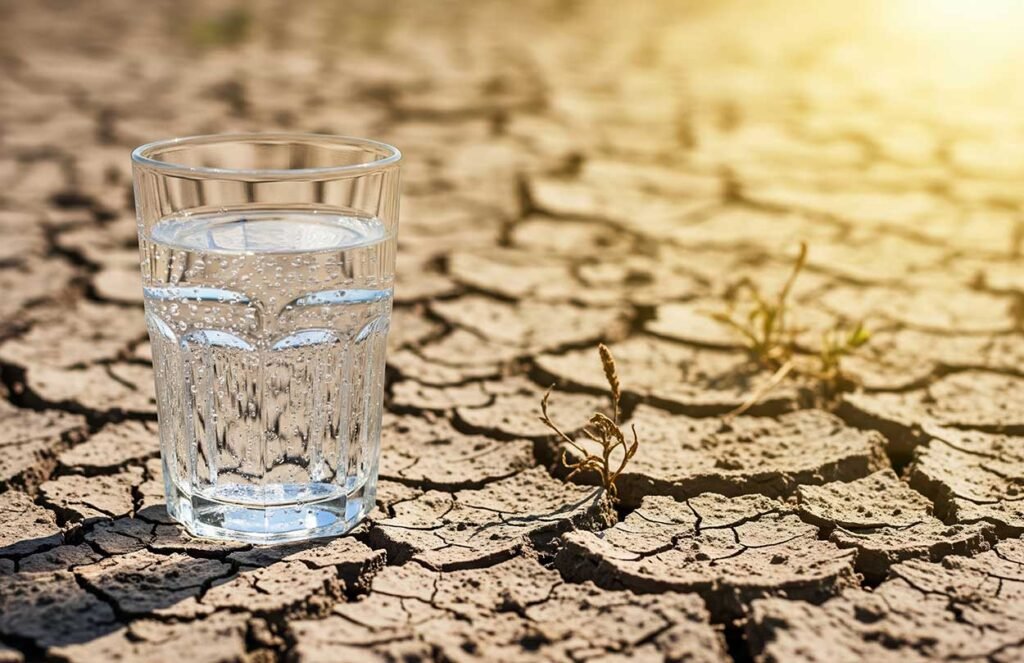High-stake Negotiations Faulter
Water Watch Editorial, Part 1
Time is running out for Baja and the seven states that are depending on the Colorado River water allotments. An agreement must be made by 2026 to cut water use. The precious supply has been in constant jeopardy for years due to poor management. The truth is how does anyone presume to manage the unknown? Somehow the politicians have made us believe that they know what they are doing. The government agencies have been constantly in debates for several years; some more hostile the than friendly.
Again, this is a reminder that whatever happens in these negotiations happens to us locally from Mexicali, Tijuana, Ensenada and the wine country. Baja has depended on 80% of its water from the Colorado that once flowed freely into the Gulf of California. If there is no agreement President Trump’s administration has the final word. We will remember this yearwhen the United States refused Baja a special request for water. The Colorado River has faced persistent drought since 2000. The old Colorado River Compact allocated basin states more water than the watershed could sustainably deliver. For decades there has been overly optimistic estimates about weather and usage.
It always amuses me when I dive into more water research to find an authority trying to sell the public that they are actually doing their best. Mr. Hamby, chairman of the Colorado River Board of California, said without all the measures that have already been tried, “the river would be in a very bad place,” It would have been more honest to inform us that we the water users would be in a very bad place. Without humanity the river will restore itself. Without water humanity cannot say the same. Of all the measures thus tried water users are one severe drought away from our 2022 crisis. Water saving measures have included 15 dams on the main stem of the Colorado River and hundreds more on the river’s tributaries in an attempt to store water. Like a bank we have to deposit before we can withdraw. No human measures have solved the water issues. Einstein once said, “We cannot solve our problems with the same thinking we used when we created them.” Few talk about the true problem; over development in an arid region.
Still the water war is ongoing behind closed doors. Lake Powell governed by the upper basin states and Lake Mead governed by the lower basin states of which Baja is included. Fact: The current level of Lake Mead is about 165 feet below what’s considered full. Lake Powell is just 48 feet above minimum level to produce power through the turbines. Conservation groups are calling for changes to the management of Lake Powell after the discovery of damaged plumbing within the Glen Canyon dam.
Why is Lake Powell important to Mexico? If the problem is not fixed or the water drops too low, the river cannot flow through Glen Canyon dam to be stored in Lake Mead for our allotment. Eric Balken, executive director of the Glen Canyon Institute said, “I think it’s really important for people to recognize how much of a threat this is to our water delivery system. This is a really big infrastructure problem. Projections for the end of water year 2025 and into 2026 show continued low levels, with the possibility of falling below the minimum power pool elevation by late 2026. The reservoirs’ water levels have only slightly recovered from our 2022drought, when they reached historic lows. John Berggren, a regional policy manager for Western Resource Advocates said, “We need to be thinking closely about the risks of a very bad year and thinking about what we’re going to do in the case of a very, very bad year.” As of this writing the Glenn Canyon dam has not been repaired.
Editor’s Note: Martina is a freelance journalist who has been reporting on the water issues facing Baja since 2007. Many years of Water Watch articles have been archived and found on our website, ggnorth.com



1 Comment